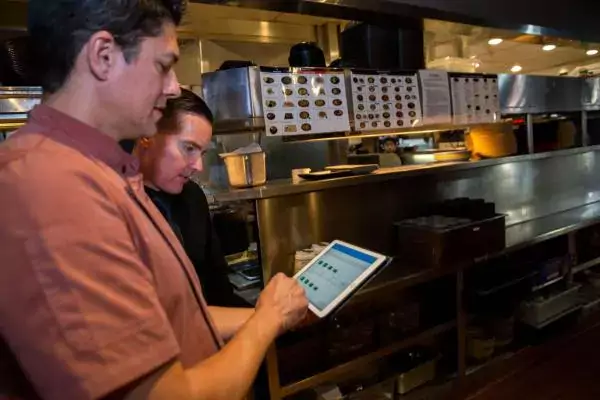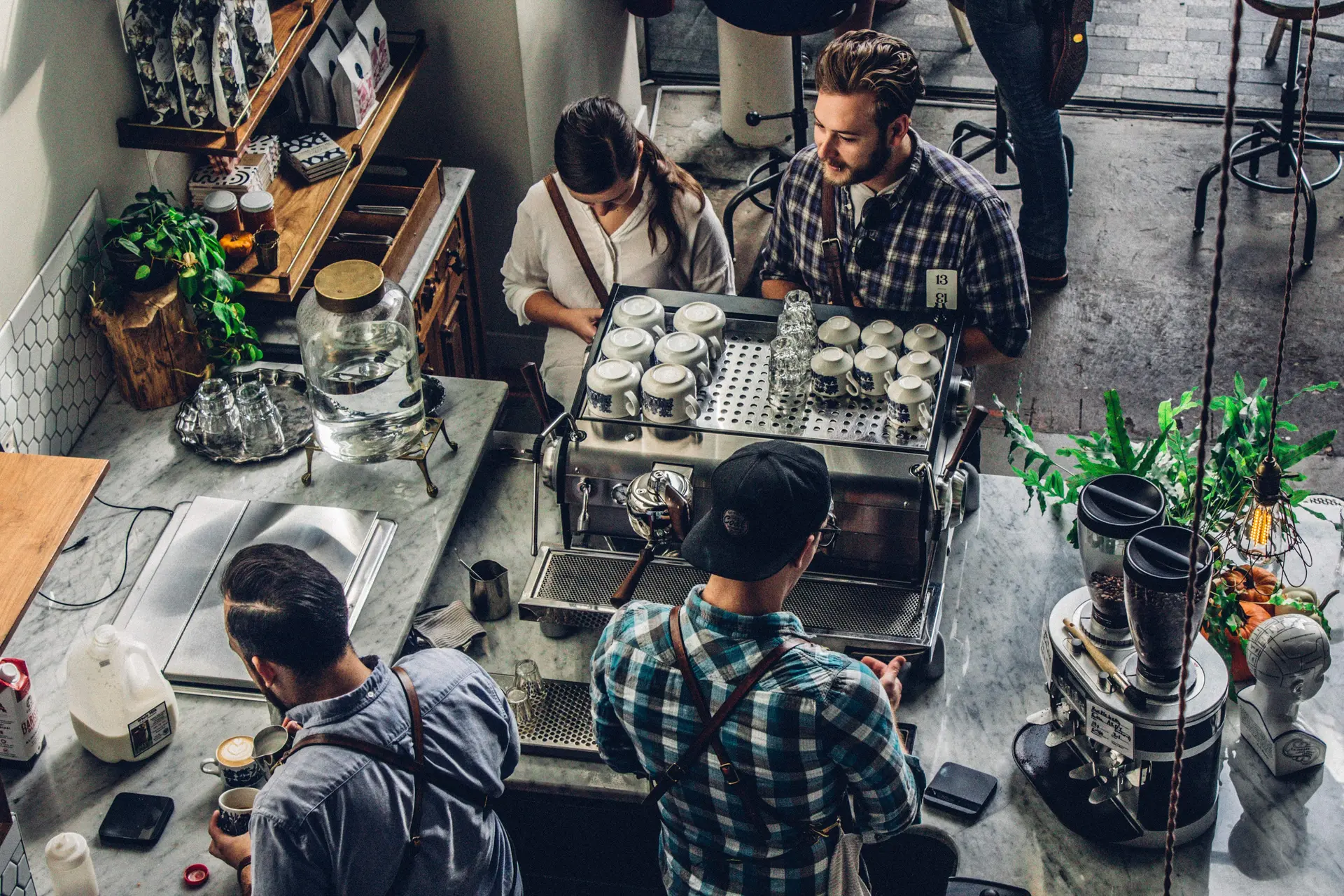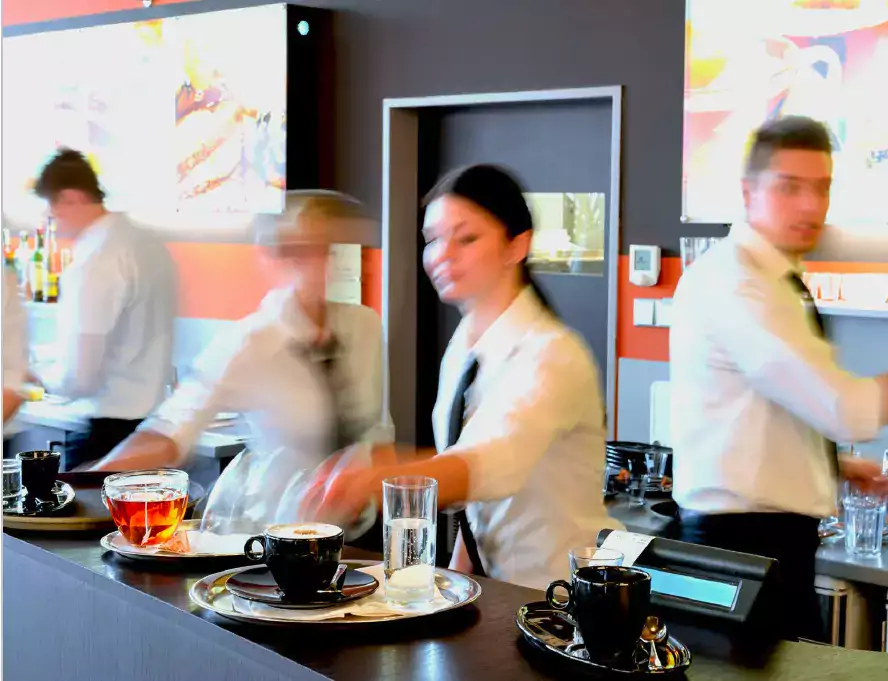Walk into any convenience or grocery store in the United States and you’ll notice the beverage space is a lot like an elementary school classroom. There are flashy, bright colors everywhere, and a lot of pupils – or products – vying for your attention.
So, what makes a teacher’s pet? How does a product stand out in such a crowded market and build the kind of loyalty that makes companies into billion-dollar brands like Red Bull and Miller Lite?
It’s not so much about selling a product – it’s about selling an experience. The most successful beverage companies understand the importance of packaging and point-of-sale (POS) promotions that correspond to their core brand message.
Packaging & Point-of-Sale Must Work in Tandem
According to Paul Gage, owner of Boost Sales and Marketing LLC, getting a customer’s attention is more than just packaging; you have to utilize floor space as well.
Look at Monster Energy, for example. Their core consumer is a young male who has interests that include extreme sports and video games like “Call of Duty.” It’s common for Monster to have a large motorsports or video game-themed display in a big-box retailer.
Not every retail outlet can give that much space to vendors, however. On a recent visit to a small-format convenience store, I purchased a new Mountain Dew Kickstart flavor. I truly needed a kickstart for an hour-long drive home, and it was featured in a suction-cupped display rack inside the cooler door. Many energy drinks have dark labels and packaging. In this case, the lighter packaging and display caught my eye.
In the malt beverage category, many retailers play up seasonal promotions to get customers’ attention. Check out Corona’s “Cerveza Central” display for Cinco de Mayo, complete with palm trees.
How to Build Loyalty
After you’ve gained the customer’s attention, Gage explains, you have to retain the customer so they’ll repeat the purchase. Beverage brands sell excitement and a big part of that is variety.
David Di Franco is a gamer and tech reviewer who has a series on his YouTube channel called “First Taste.” He drinks every new Mountain Dew flavor. He also speaks to Mountain Dew’s core consumer -- young male gamers. As you can see in this video, he already tried a similar-tasting flavor, but he bought it anyway because it’s new. Now there’s loyalty!
Gage explains how there are so many beverages that a lot of people don't think taste great, but they are the best-selling products in the category because they create a strong bond with consumers. “Every Brand should have a unique personality and a compelling story that consumers find meaningful and want to be a part of,” he writes. “In order to differentiate your product from a similar product, you have to create a personality for your brand.”
Product Innovation & Consistency
Just like packaging and POS promotions must work in tandem to get a customer’s attention, product innovation and consistency work together to build personality.
Consider this analogy: What makes someone a fan of a rock band? The band produces new music and puts on live shows! The beverage category is a place to have fun, innovate, and entertain.
That’s why billionaire “Shark Tank” investor Mark Cuban invested in a boxed wine company called Beatbox Beverages. This company doesn’t try to outperform traditional wine in taste, especially with flavors like Blue Razzberry Lemonade. Rather, the products outperform traditional wine in entertainment. Cuban recognized the differentiating POS opportunity in retail and invested $1 million.
Beverage brands take a “go big or go home” approach to product roll outs because they are sold in a variety of retail outlets and face a lot of competition from similar brands. When the goal is explosive growth, it’s imperative that a company keeps track of inventory, pricing and promotional materials, and communicates its strategy on a store level.
Subscribe to our blog
You are now subscribed!


